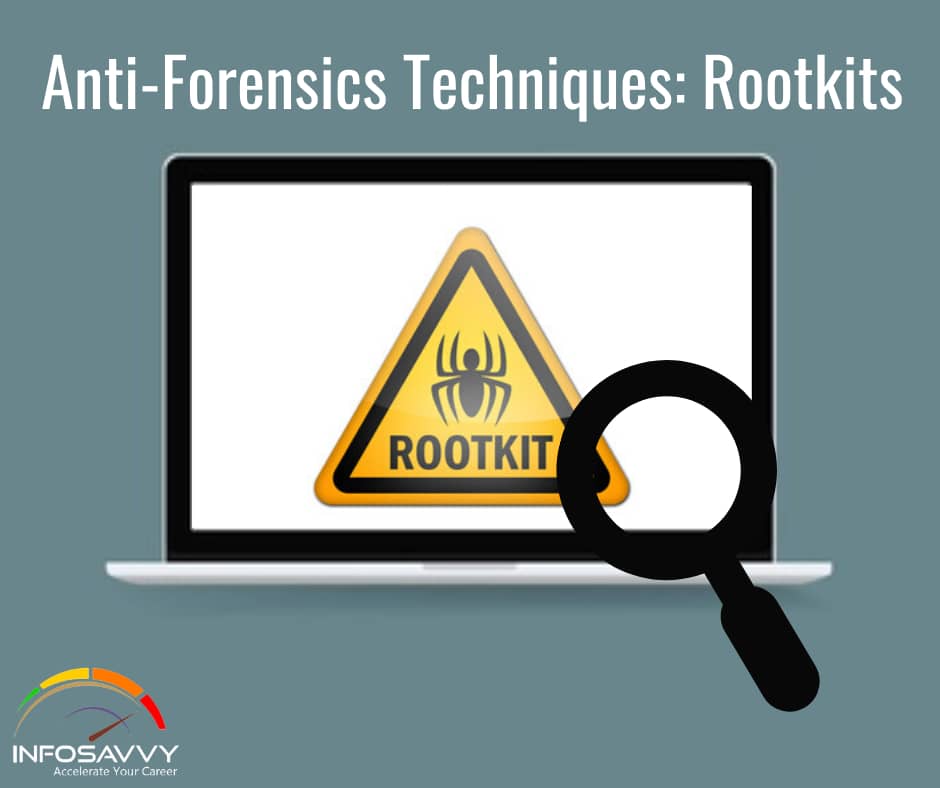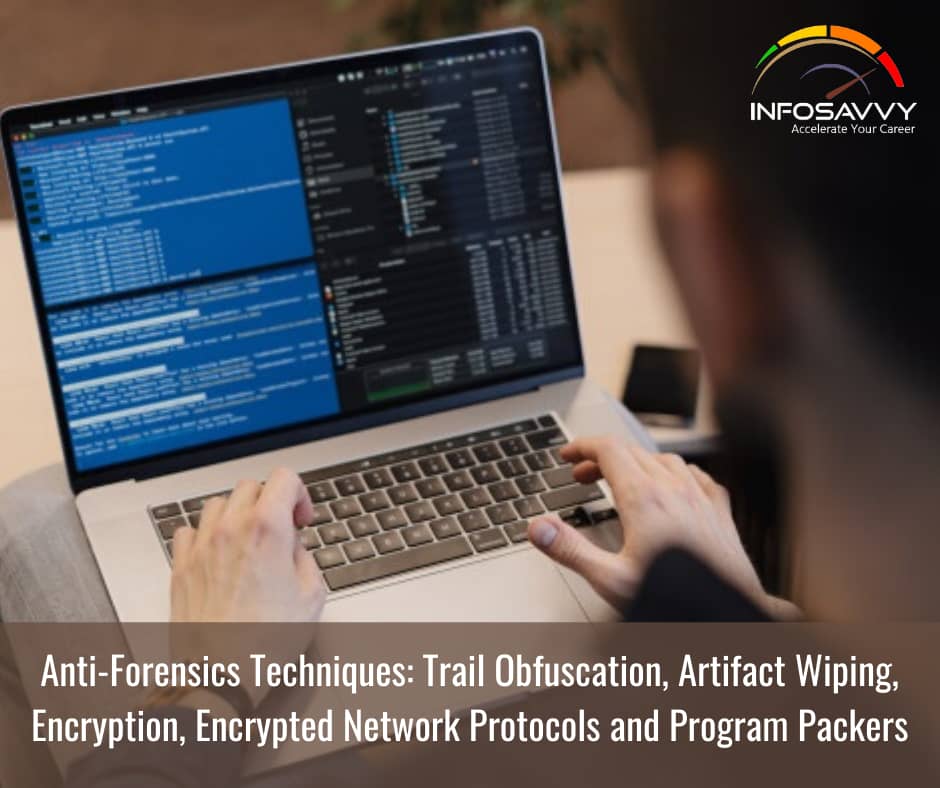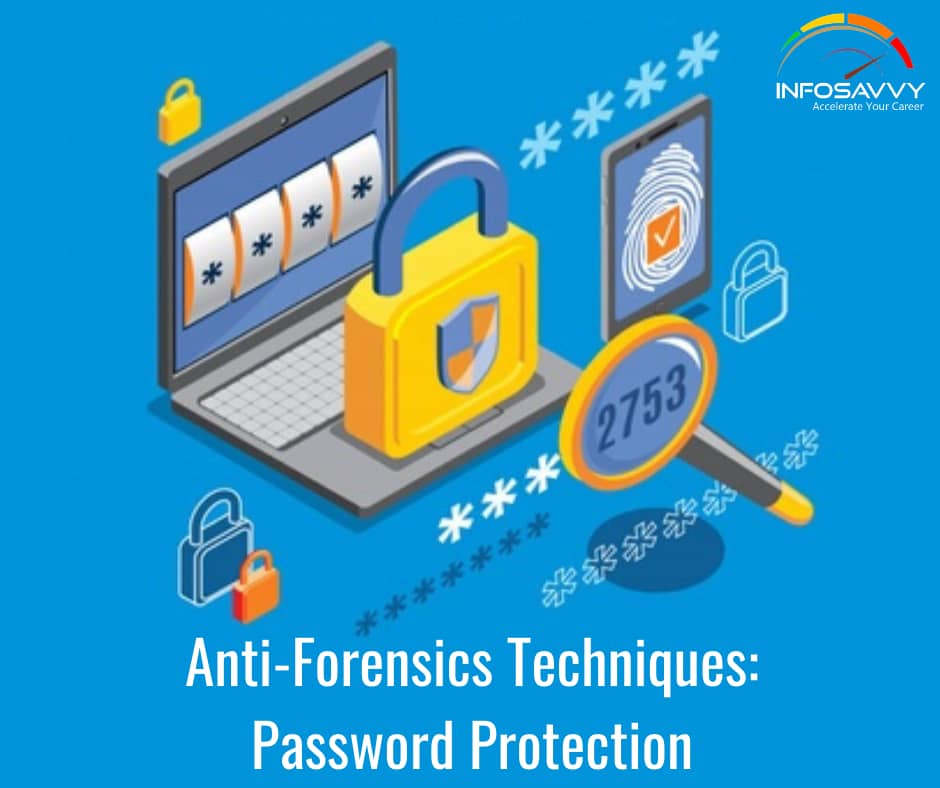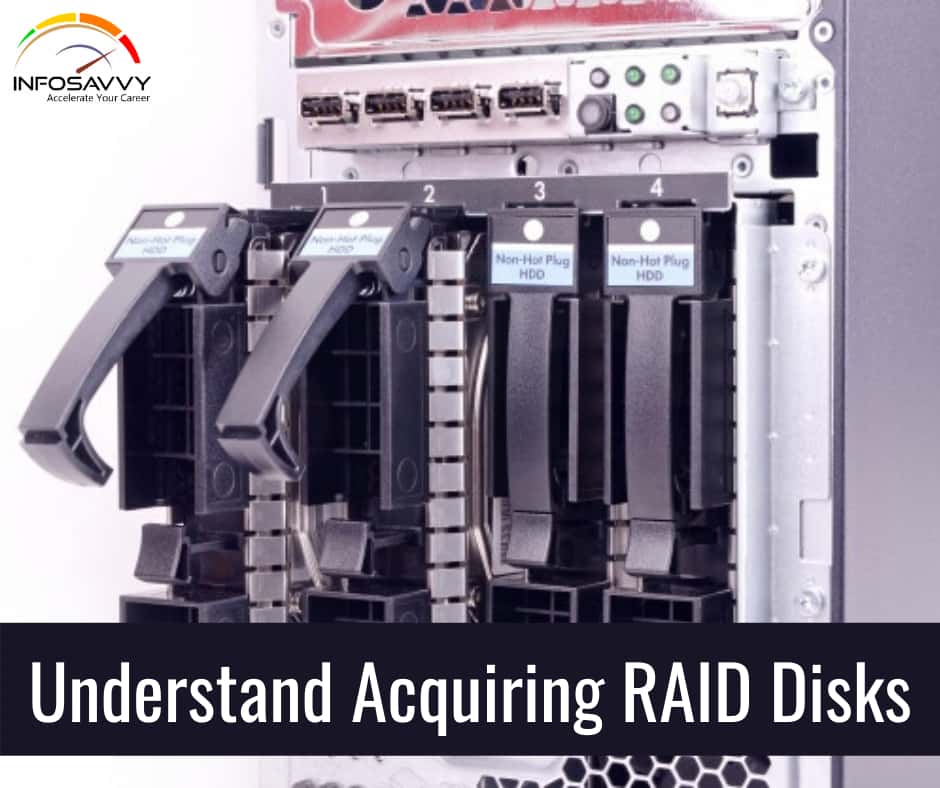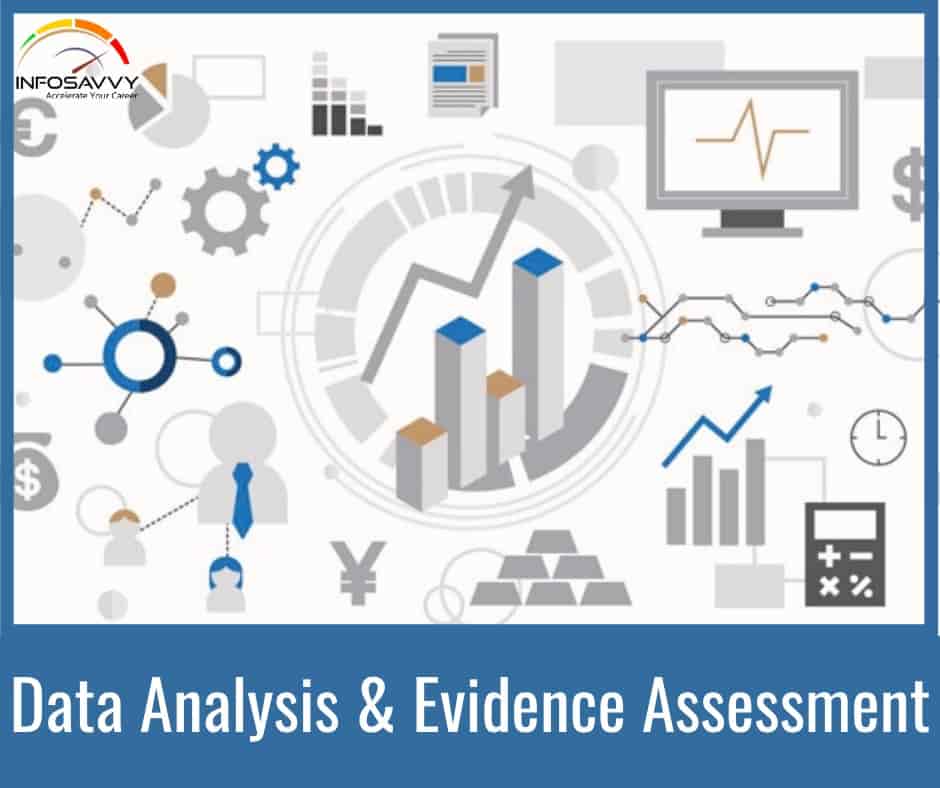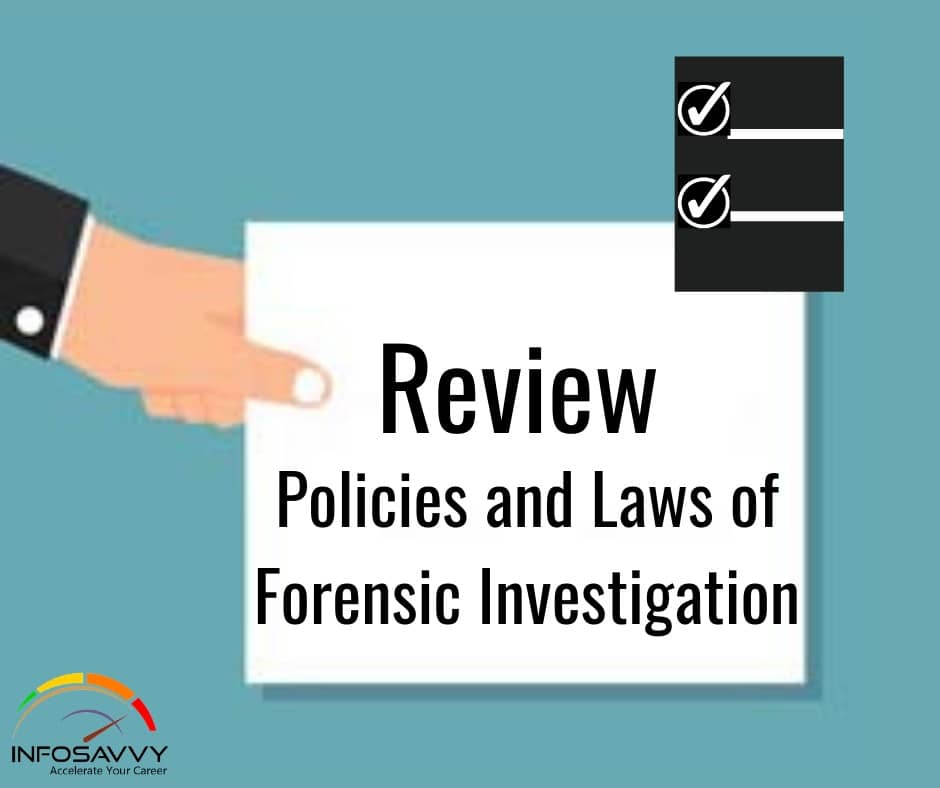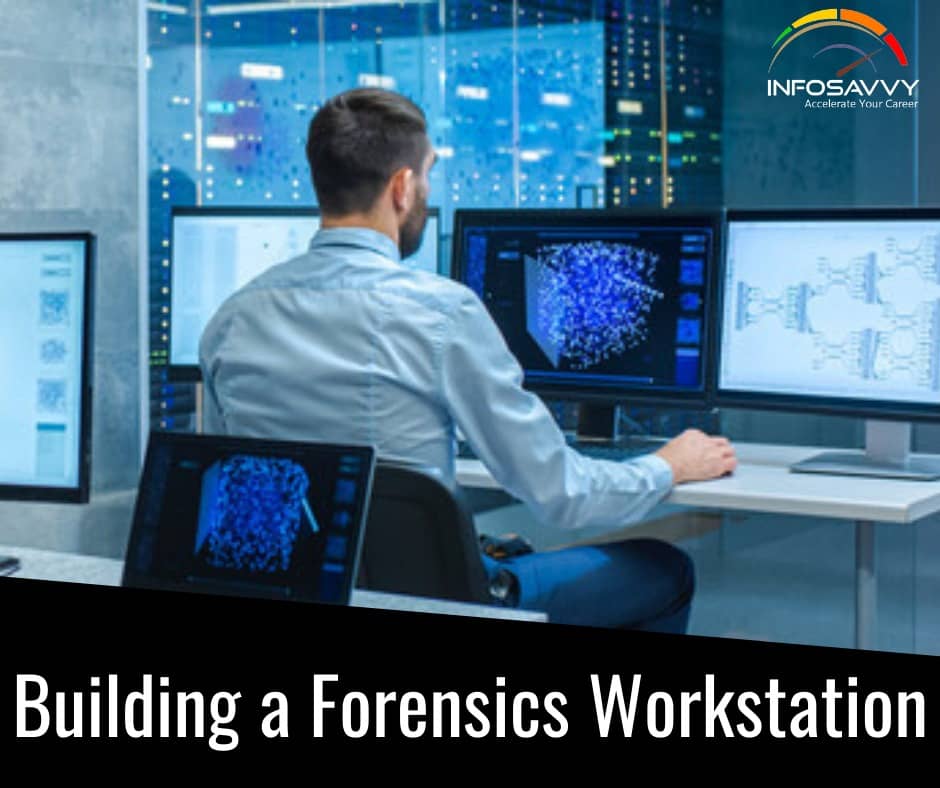Anti-Forensics Techniques: Rootkits
Rootkits are one of the anti-forensic techniques that attackers use to hide data, malicious files, and processes. This software is intended to hide processes that could reveal an attack from the OS itself. Rootkits allow viruses and malware to “hide in plain sight” by concealing files in ways that antivirus software might overlook them, disguising files as legitimate system files, through unlinking processes, and even hiding from detection by the OS, Rootkits themselves are not …

